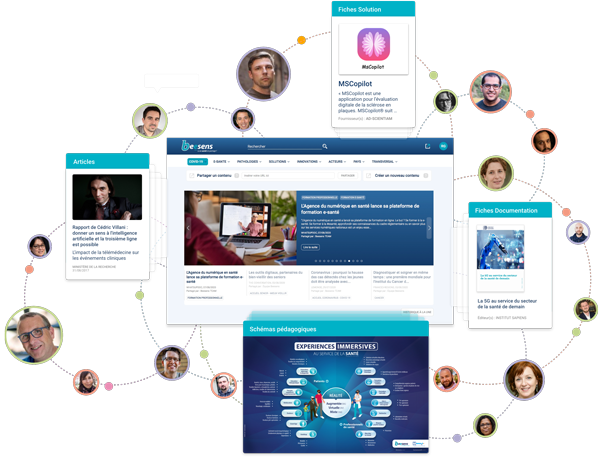"Minority and lower-income populations are less likely to have orthopedic surgery – and more likely to experience poor outcomes when they do.
Untreated musculoskeletal conditions can result in sedentary behavior that leads to or worsens co-morbidities, including diabetes, obesity, depression and opioid misuse.
Access challenges are partly to blame. Disadvantaged populations face many barriers to care, including low referral rates, lack of Medicaid acceptance and transportation difficulties.
Telehealth experts say that offering remote education and physical therapy to patients can improve access for vulnerable populations, including:
● Patients in rural communities who live far away from brick-and-mortar care facilities.
● Patients who cannot afford copays for doctor or outpatient PT appointments.
● Patients in urban communities whose mobility issues make leaving home difficult.
● Patients whose inability to take time off work or secure childcare limits in-person visits.
● Patients who speak English as a second language.
Healthcare IT News interviewed physical therapist Bronwyn Spira, founder and CEO of Force Therapeutics, to discuss the challenges and opportunities surrounding this area of virtual care.
Q. Why are minority and lower-income populations less likely to have orthopedic surgery – and more likely to experience poor outcomes when they do?
A. Musculoskeletal disorders are extremely common in our country. At least 60% of American adults are affected by a musculoskeletal disorder, and more than 75% of those 65 and older are living with at least one musculoskeletal condition, which ranges from tendonitis to arthritis, degenerative disc disease, and chronic lower back pain..."
Lire la suite
How telemedicine and digital therapeutics can improve orthopedic care and PT
HEALTHCAREITNEWS, 11/10/2022
Partagé par :
Beesens TEAM











